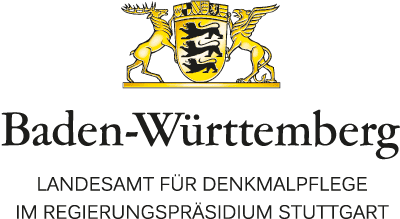Settlement and Cultural Landscape Development in the surroundings of the Heuneburg during the Hallstatt and Early La Tène Periods
For many decades the Heuneburg has held a key position in national and international Iron Age research. The combinations of excavations on the hill-top, funded by the German Research Foundation (DFG) from the 1950s to the 1970s, as well as the investigations carried out between 2004 and 2010 within the framework of a DFG priority programme in the area of the outer citadel and the outer settlement, have led to a much deeper understanding of the Heuneburg itself, and of early Celtic centres of power as a whole. The new discoveries of the last 20 years, some of which are remarkable, have demonstrated clearly the enormous potential for research and knowledge that the Heuneburg holds.
As a result, in 2014, the DFG set up a long-term project designed to run for twelve years, dedicated to investigating the wider surroundings of the Heuneburg. One aspect of this research focusses on researching the development of regional rural settlement structures (farmsteads, hamlets, villages) during the Early Celtic period. As a result, systematic site inspections, large-scale geophysical surveys and targeted excavations of rural settlements within a radius of about 20 km are being carried out. Another focus of this research is the relationship of a whole series of surrounding hill-top fortifications to the Heuneburg and its immediate surroundings. Finally, there is an urgent need for the study of the more than 100 hectare large outer settlement in front of the Heuneburg, because only by systematically investigating the particularly well-preserved areas can reliable conclusions be made about their internal structure, and the chronological sequence of the buildings' remains.


